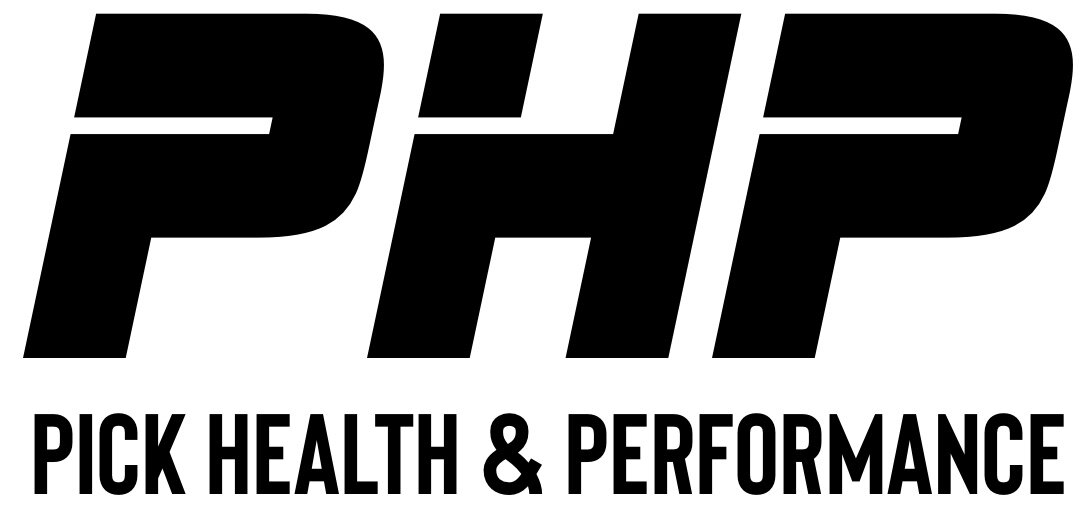Why You SHOULD Continue To Strength Train While Injured:
Strength training is a vital component of athletic development. An appropriate training program not only enhances performance by increasing athletic characteristics such as power, strength, speed, endurance etc. but also allows an athlete to develop movement competency in a variety of positions leading to a more resilient and robust athlete. In addition to enhancing athletic qualities, resistance training is pivotal in reducing the likelihood of injury and can even help to accelerate the recovery process if an injury occurs. Below are 3 reasons why an injured athlete should not just “rest” but continue to strength train during the recovery process.
1. Muscular Response:
While resistance training may and should be modified as a result of injury, there are plenty of ways for the injured athlete to still get numerous benefits by continuing to train with an injury. The cross-education of training phenomenon has been discussed and evaluated for quite some time. Cross-education has also been referred to as “cross-transfer,” “cross-training,” “contralateral strength training” and refers to implementing unilateral training in the non-injured limb to produce benefits (increased strength, muscle mass, etc.) in the injured limb. Cross-education has demonstrated an ability to produce strength gains in the contralateral limb of up to 11.9%. Simply put, if an athlete has a Right leg injury, continuing to perform resistance training with the Left leg can produce increases in strength and hypertrophy in the Right leg.
2. Hormonal Response:
While the common perception of Growth Hormone (GH) is likely clouded due its association in professional sports as a banned performance enhancement drug. Growth Hormone is a naturally occurring hormone in the body that is regulated by the hypothalamus and released from the pituitary gland. GH is responsible for a number of factors including stimulating cell regeneration, growth, and maintaining healthy tissue. We know that one excellent way to increase the natural production of growth hormone is through resistance training. Continuing to perform resistance training not only results in increased strength but also produces a natural increase in growth hormone leading to increased collagen synthesis which is vital for tissue regeneration following an injury.
3. Psychological Response:
Suffering an injury can be a traumatic time for the athlete, not just the injury itself, but time spent away from participating in team events, practices, and games. Continuing to perform resistance training while injured eliminates any unwarranted emotions of being separated and enables the athlete to still feel part of team. Performing exercise and physical activity has been demonstrated extensively to produce increases in both serotonin and dopamine, neurotransmitters produced by the brain that play a crucial role in regulating mood. Aside from increasing camaraderie with teammates, continuing to train while injured can positively affect the athlete’s mood, behavior, and help eliminate any depressive thoughts.
Summary:
Continuing to train while injured is essential in progressing an athlete back from injury.
Resistance training should be modified to allow biological healing to occur without additional pathology
Unilateral training has demonstrated increases in strength and muscle mass of the opposite limb
Growth hormone released during resistance training plays an important role in tissue regeneration and helps build a more resilient athlete
Continuing to train allows the athlete to still feel “part of the team”
Serotonin and Dopamine released during exercise can positively affect the athlete’s mood and emotions during the recovery process.
Need help coming up with a plan to keep strength training around an injury?
Book your free consult by clicking the button below.


